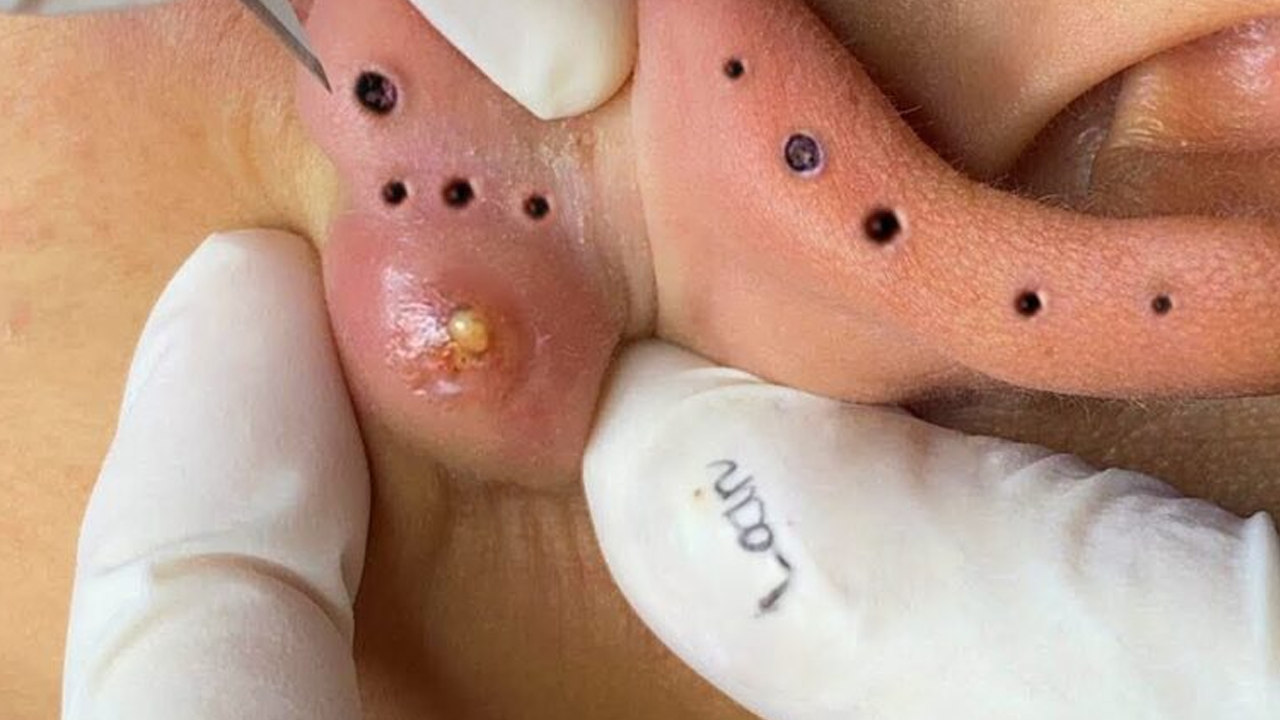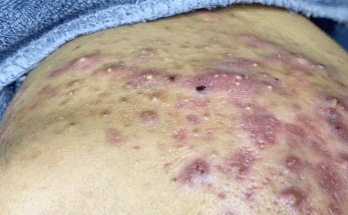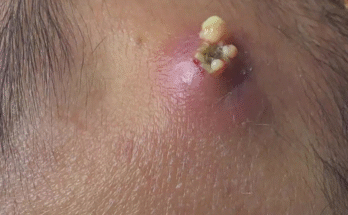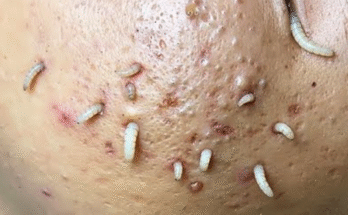Conquering Blackheads and Acne: A Comprehensive Guide
Blackheads, those pesky dark blemishes that plague many, are more than just a cosmetic nuisance. Understanding their formation is the first step towards effective treatment.
Understanding Blackhead Formation: The Culprit is Clogged Pores
Blackheads, scientifically known as open comedones, arise from a simple yet frustrating process: pore blockage. Dead skin cells, excess sebum (oil), and bacteria accumulate within the hair follicle, creating a plug. This plug, unable to escape the pore, oxidizes, resulting in the characteristic dark color of the blackhead. These unwelcome guests often make their appearance on the nose, chin, forehead, chest, and other areas prone to oil production.
Prevention is Key: Establishing a Solid Skincare Routine
Fortunately, proactive skincare can significantly reduce blackhead formation. A gentle, twice-daily cleansing ritual using a non-comedogenic cleanser is fundamental. Look for cleansers containing ingredients like salicylic acid or benzoyl peroxide, known for their pore-clearing properties. Avoid harsh scrubbing, which can irritate the skin and worsen acne.
Exfoliation plays a crucial role in preventing pore blockages. Incorporate chemical exfoliants, such as salicylic acid (a beta-hydroxy acid or BHA) which dissolves oil and unclogs pores, or alpha-hydroxy acids (AHAs) like glycolic or lactic acid, which smooth skin texture and help fade dark spots. Aim for 2-3 exfoliations per week, but steer clear of harsh physical scrubs that can damage your skin.
Tackling Blackheads and Acne: Treatment Strategies
While prevention is paramount, established blackheads require targeted treatment.
Topical Treatments: Your First Line of Defense
Various topical treatments can effectively address blackheads and acne. For blackheads and whiteheads, retinoids (like adapalene or tretinoin, available over-the-counter or by prescription) promote cell turnover, preventing clogged pores. For inflammatory acne (pimples and cysts), benzoyl peroxide combats acne-causing bacteria, while niacinamide reduces inflammation and redness. Azelaic acid offers a multi-pronged approach, targeting acne and lightening pigmentation.
Moisturizing and Sun Protection: Essential Complements
Don’t underestimate the importance of moisturizing! Even oily, acne-prone skin needs hydration to prevent overproduction of oil. Opt for oil-free, non-comedogenic moisturizers. Equally crucial is daily sun protection with a broad-spectrum SPF 30+ sunscreen to prevent sun damage and dark spots.
Advanced Techniques and Medical Interventions
When topical treatments fail to deliver satisfactory results, or in cases of severe acne, more advanced interventions may be necessary.
At-Home Solutions: Pore Strips and Masks
Pore strips offer a temporary blackhead removal solution, though they can irritate sensitive skin. Clay masks, applied 2 times a week, absorb excess oil and cleanse pores. Facial steaming, performed before applying exfoliants or clay masks, gently opens pores.
Professional Treatments: Elevating Your Skincare Game
A dermatologist or esthetician can perform comedone extraction to safely remove blackheads. Chemical peels, laser or light therapy, and microneedling (for acne scarring) provide additional treatment options.
Medical Interventions: When the Need Arises
For persistent or severe acne, a dermatologist may recommend stronger treatments. These include prescription-strength retinoids, oral antibiotics (like doxycycline or minocycline for moderate acne), hormonal therapies (such as birth control or spironolactone for hormonal acne), or isotretinoin (Accutane) for severe cystic acne.
Things to Avoid
Certain habits can worsen acne and blackheads. Avoid picking or squeezing blemishes (which leads to scarring), over-washing your face (which strips natural oils), and using oily or comedogenic makeup or skincare products.
Conclusion: A Holistic Approach to Clear Skin
Effective blackhead and acne treatment requires a multifaceted approach. Combining a consistent skincare routine, appropriate product use, and, when necessary, medical intervention, will pave the way to clearer, healthier skin. Remember to consult a dermatologist for personalized guidance, especially if you have persistent or severe acne.









